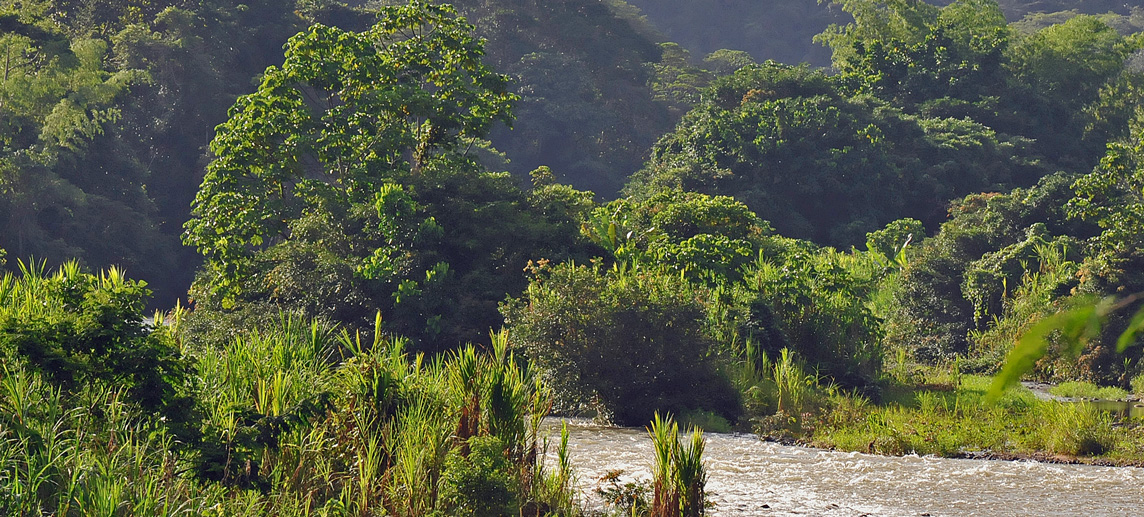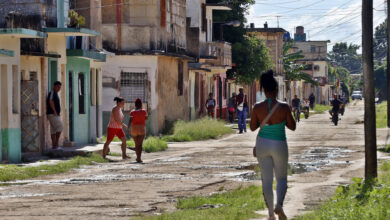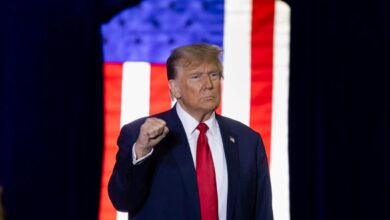Ecological Conservation in a post-conflict time


Colombia is in the path of ending decades of conflict after signing the peace deal between the government and the Armed Revolutionary forces of Colombia (FARC). Now, with the disarmament and reintegration of FARC fighters, large extensions of land which were off-limits for ecologists will become available.
“For the better part of 60 years, people concerned with the health of Colombia’s vast ecosystem have had to watch from the sidelines, as bitter foes have battled each other throughout some of Earth’s most biologically rich landscapes,” wrote Dr. Forest Ray in an article for The Ecologist. He holds a PhD in biochemistry and has gained interest in how scientific research is used to improve public health when research budgets are constrained.
Read more: The war took care of the landscape
The possibility of assessing the state of these ecosystems and finally giving research and development a chance is unprecedented in the country. Nonetheless it is up to Colombian society how this will positively or negatively affect the peace effort.
On one side, this chance opens opportunities for ecotourism, exploration and scientific discoveries which would align with an environmental stewardship ethic. Also, finding ways to end coca leaf cultivation and processing IGNORE INTO cocaine would relief both environmental and social damage.
For example, tourism has doubled in Colombia between 2006 and 2016, with ecotourism playing a significant role. Tourists choose the country as their destination for its natural richness. Even if tourism has been rightly criticized for its impact on the environment, both the government and ecotourism agencies agree “The growth of tourism cannot be uncoupled from [environmental] sustainability.”
On the other hand, it may lead to the exploitation of the land. For example, Pacifista a VICE platform which specializes in content related to the Colombian conflict, reported about 40,000 hectares of forest in the Caquetá department have been cleaned up right after FARC fighters left the area.
Their research shows that since November 2016 deforestation has increased as people want to use the land for cattle ranching, illegal mining. Illicit crop cultivation and illegal timber traffic.
According to environmentalist Susana Muhamad, these people are “more effective and faster” than the state officials. She told Pacifista they are taking advantage of the historic absence of the state in this territories and the FARC leaving for their own economic interests.
Before these was known agencies like the UN Development Programme (UNDP) and Greenpeace had warned the government about the importance of protecting these territories after the peace deal. Among UNDP’s recommendation was the implementation of REDD+ programes and environmental market alternatives in the areas cleared by FARC.
Also, to raise awareness and demand government intervention the NGO Avaaz has launched a campaign entitled “Que la paz no acabe con la Amazonía” (Don’t allow peace to destroy the Amazon).
“Thousands of Avaaz members marched last year so that the peace deal became a reality and today they keep pressuring President Santos to keep his part of the deal, including the protection of the Amazon. The Amazon is part of Colombia’s heart and protecting this treasure is protecting peace,” told Pacifista Ana Sofía Suarez, Avaaz representative in Latin America.
As Dr. Ray says, “Colombia is now closer than ever before to finding a peaceful resolution to generations of violence. With so much to gain in a post-conflict world, as much for the Colombian people as for their environment, the sudden prospect of losing it all will make for tense months ahead.”





